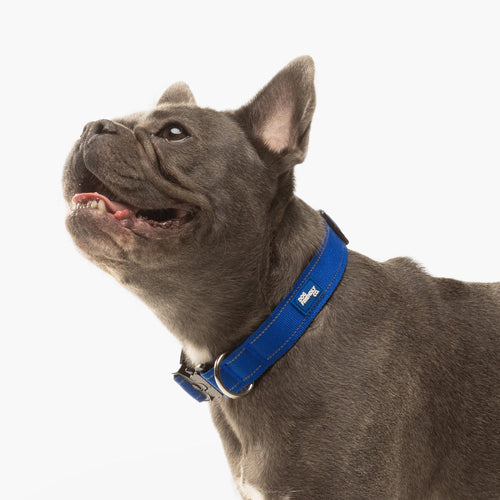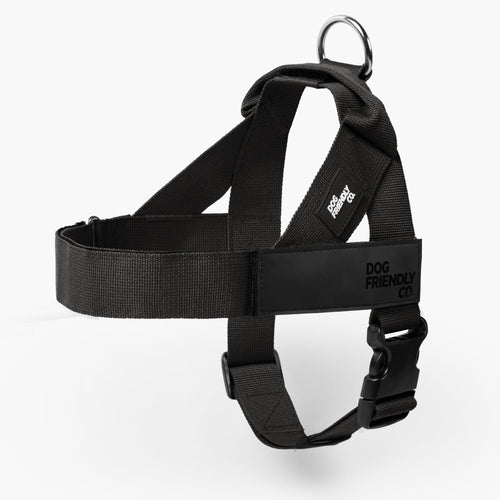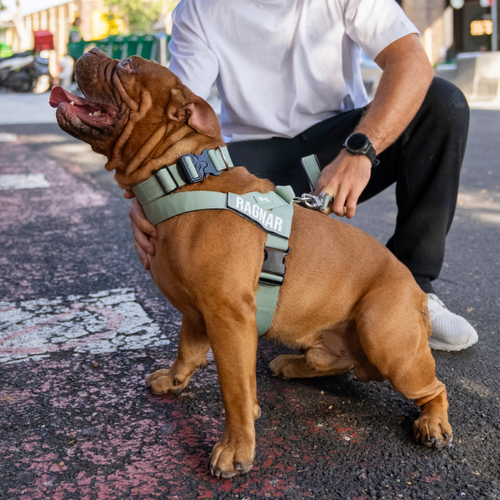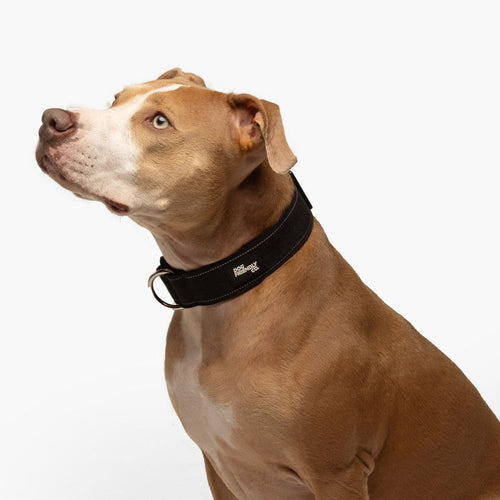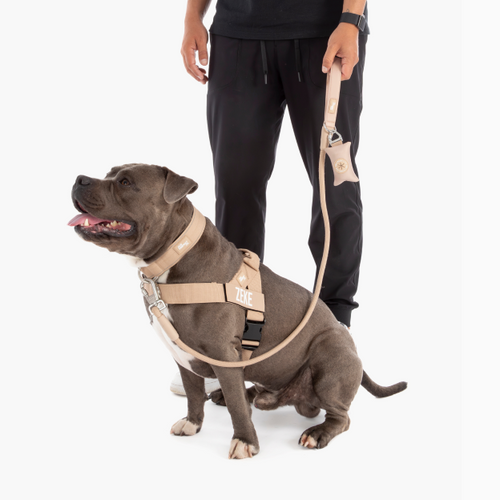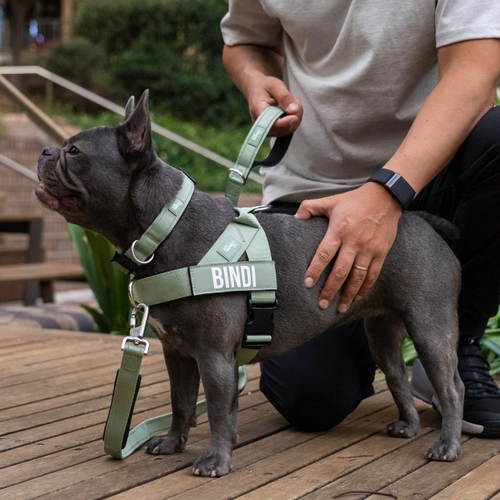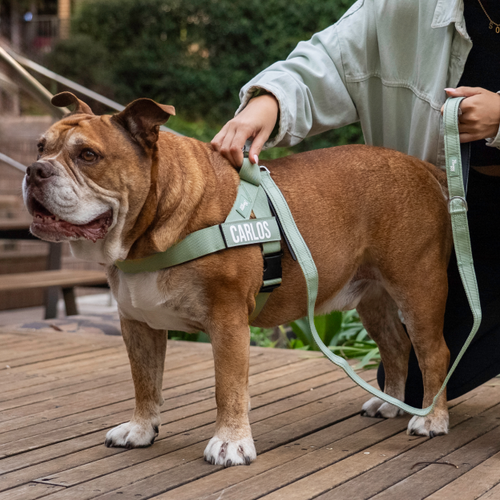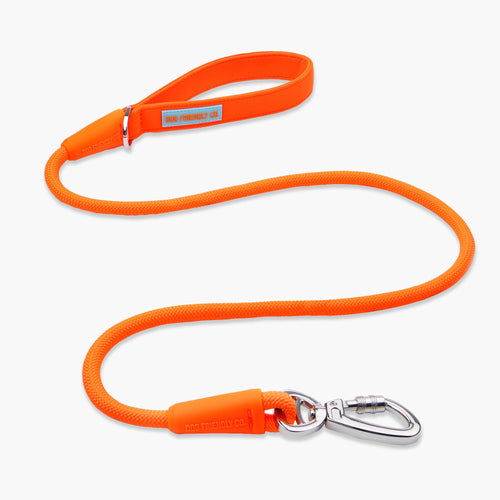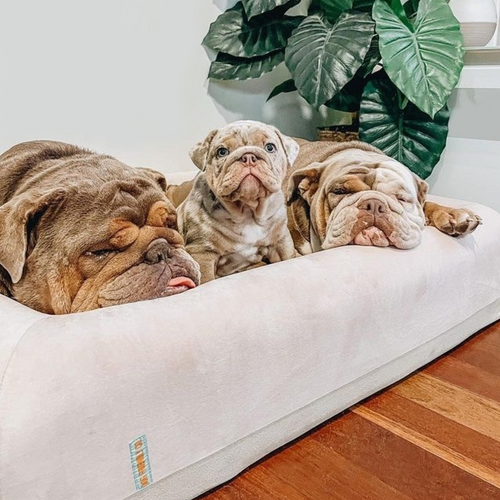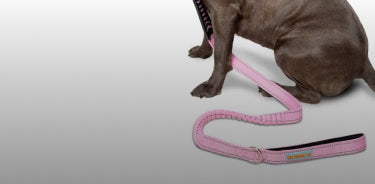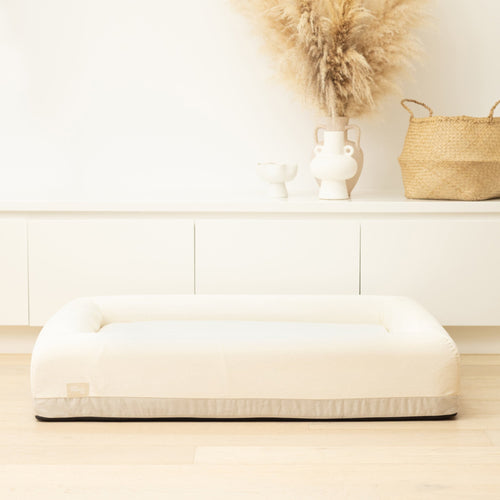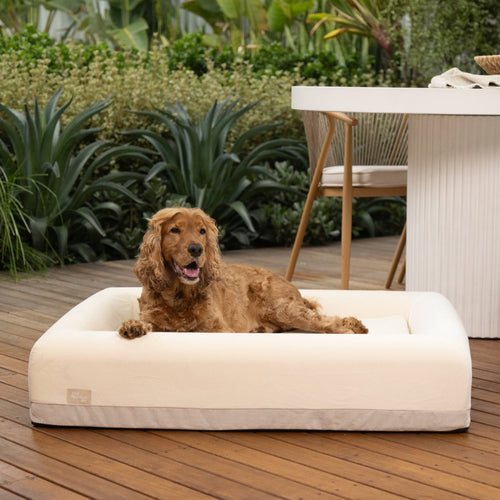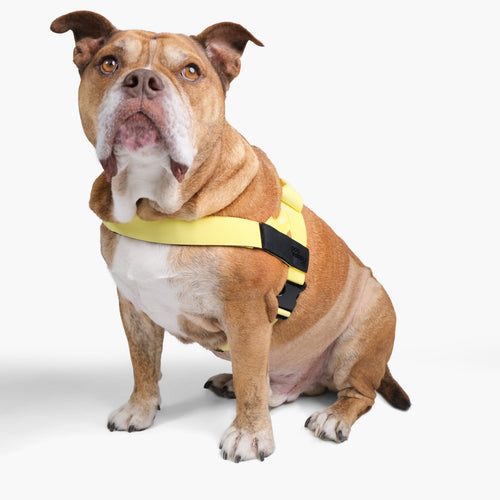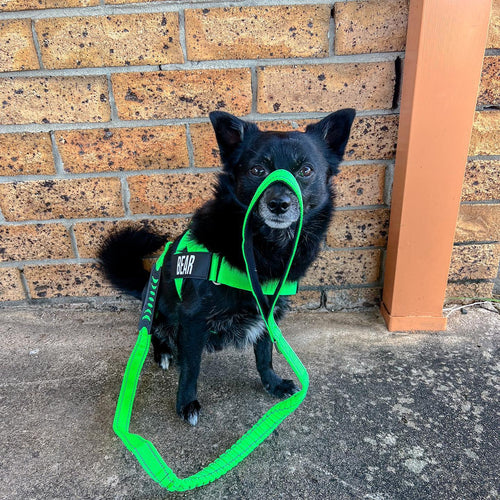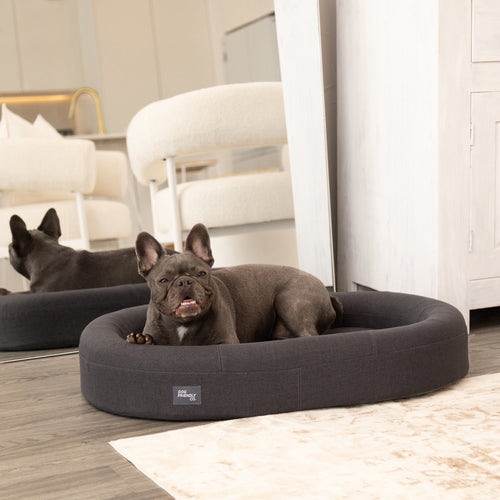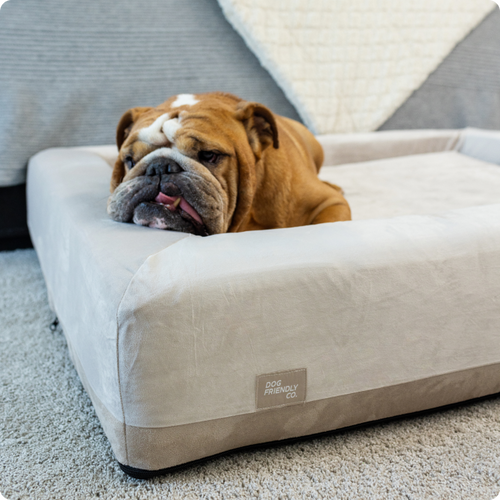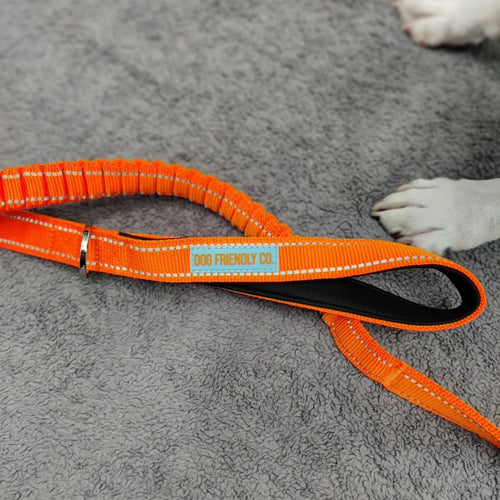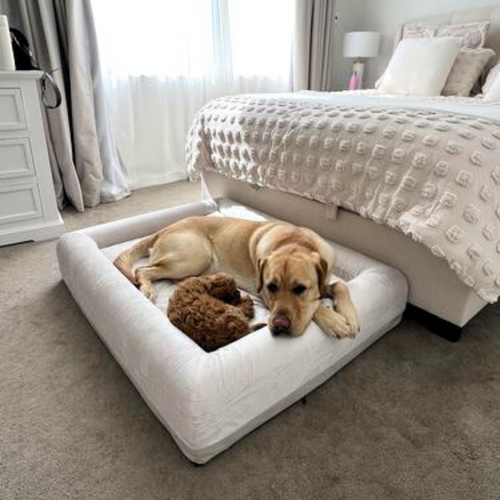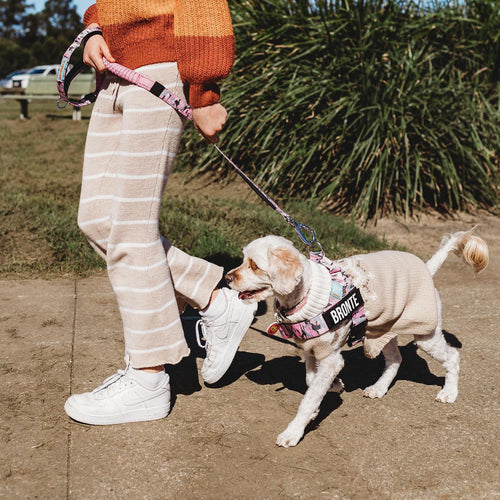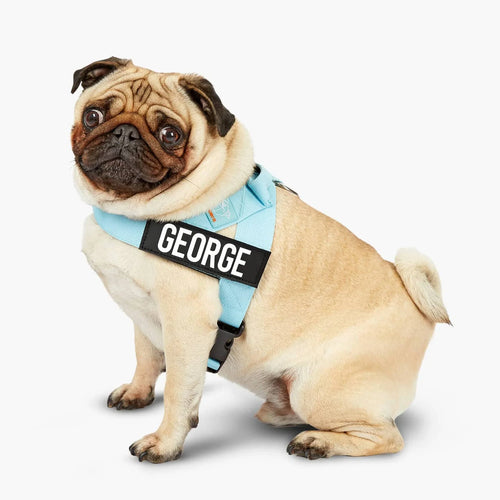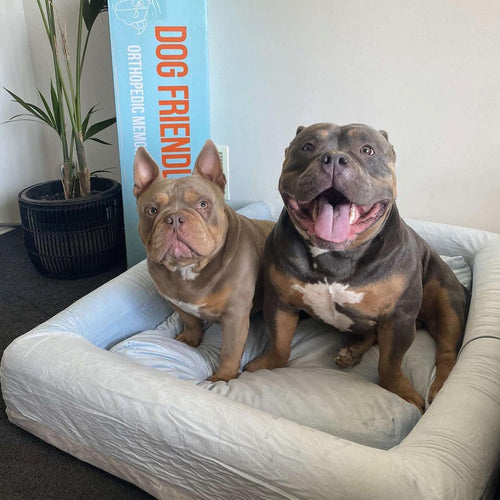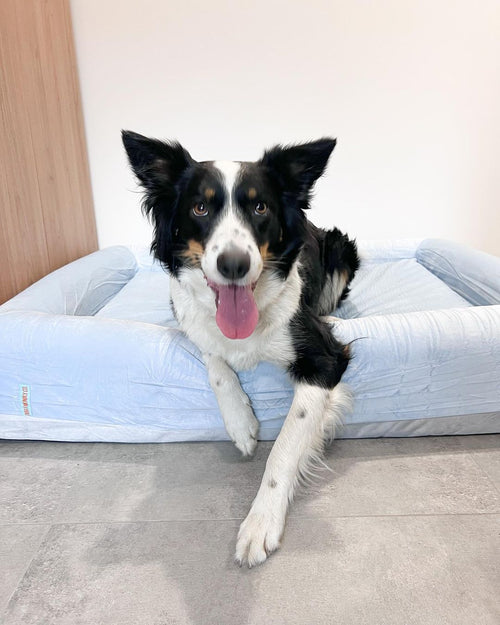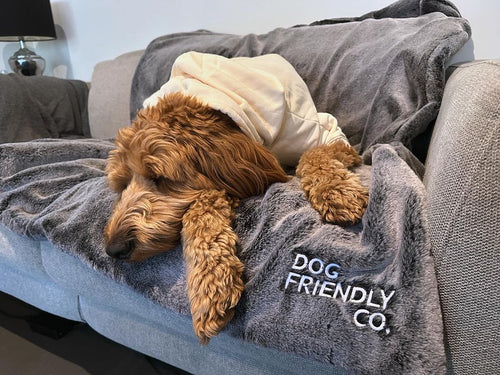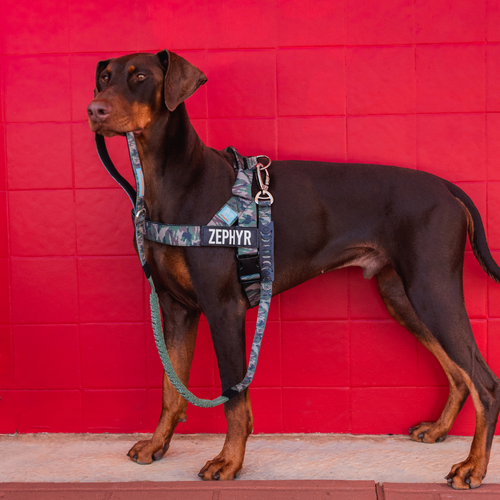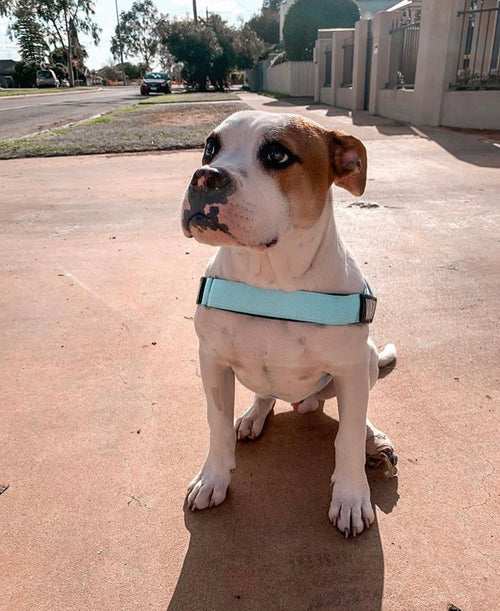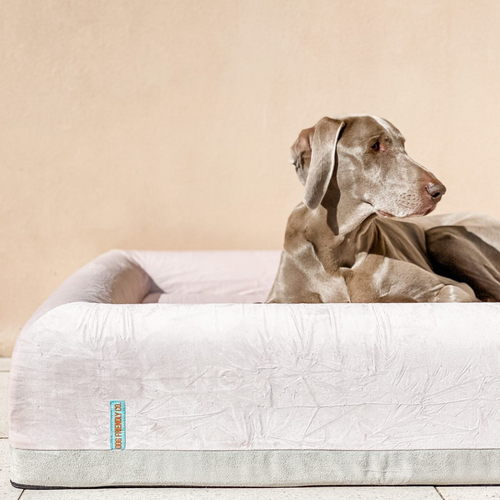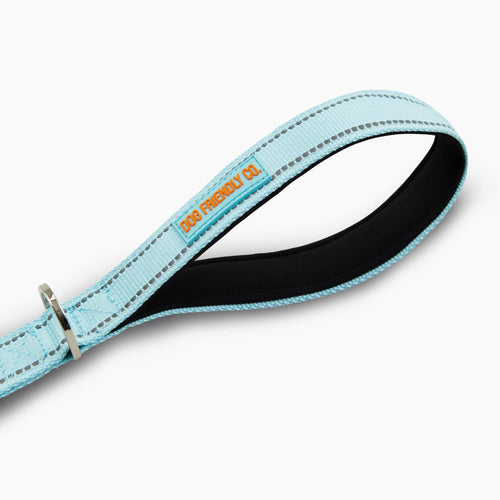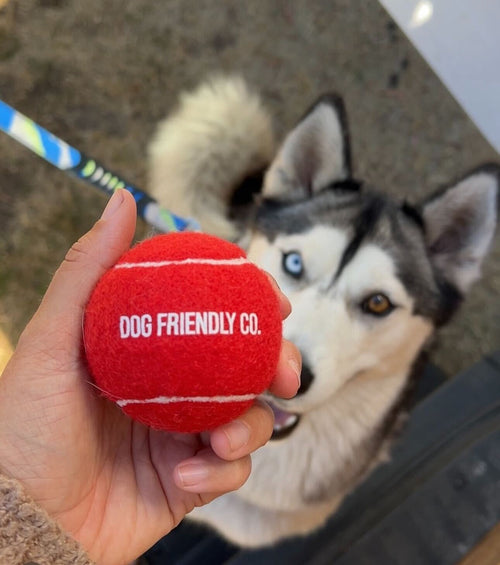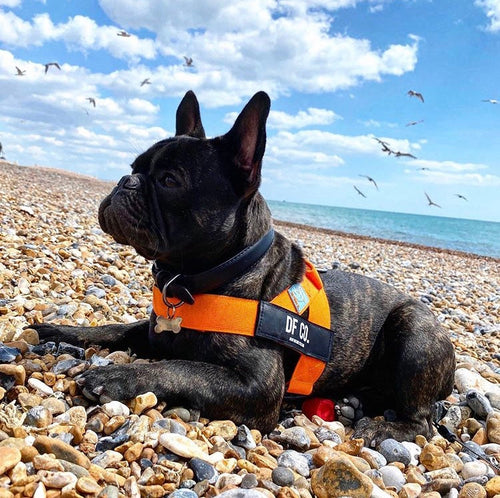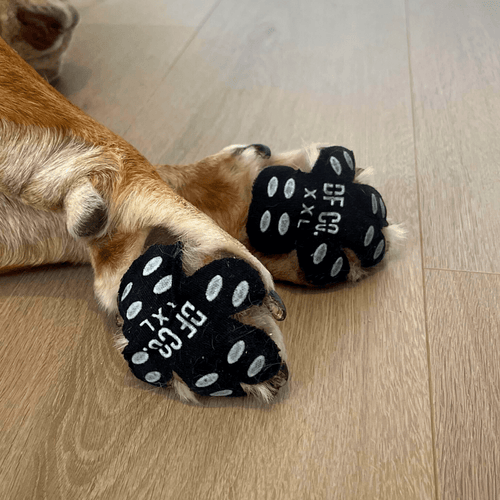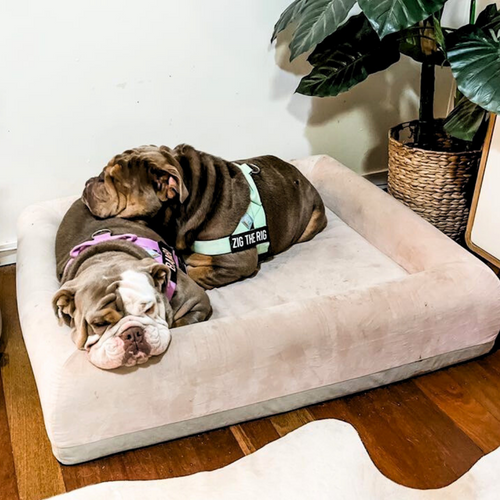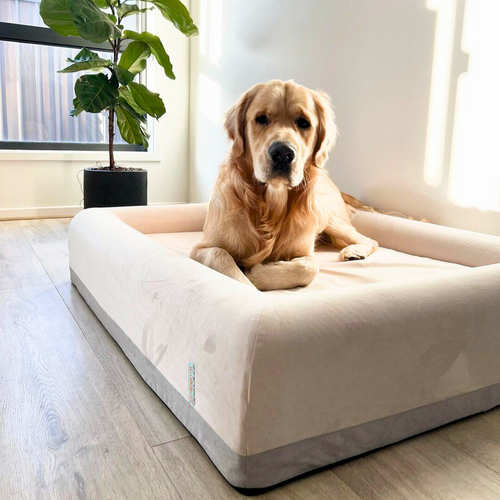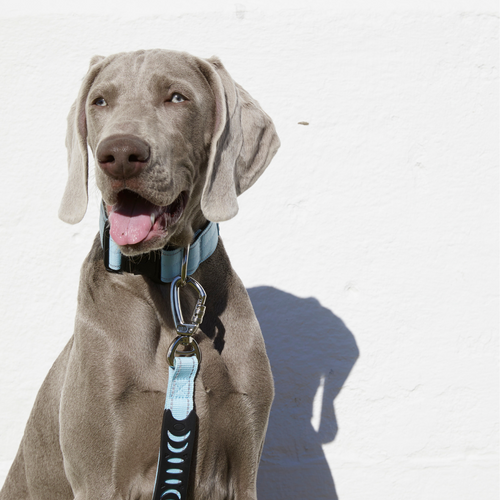Dog walks should be one of life’s great pleasures. Unfortunately, they’re often a stressful event for owners whose dogs pull too much. The solution is to stop clipping the dog collar — which offers you minimal control — and start using a harness.
The Role of a Harness in Walking
How do harnesses improve your walks? There are actually several benefits to using a harness.
1. Reduce Risk of Injury
Collars are a staple for every dog. Name tags, easy clip/unclip functions, along with soft, breathable and chafe resistant material mean your dog won't mind wearing them at all.
But for dogs that pull on walks, using a harness means you significantly reduce risk of an injury compared to using a collar. If your dog is pulling while you’re walking her with a leash attached to her collar, she could damage her neck or throat, which could even lead to serious injuries like a collapsed trachea or nerve damage. This doesn’t happen with a harness because the harness distributes the pressure across your dog’s body.
2. Encourage Loose-Leash Walking
It’s important for your dog to have some freedom on her walks. If you’re unable to let her off the leash (either because the places you go are unsuitable or because she’s not yet ready in her training), loose-leash walking is the next best option. A harness makes this possible because you have much more control, meaning you can gently pull her back towards you, if necessary. Of course, you’ll also need the right leash to do this.
3. Help with Training
In addition to loose-leash walking, you can integrate a harness into your training routines in general. For instance, you can attach the harness to a long leash to teach your dog to come when you call her.
Comfort and Security
To ensure the harness is safe and comfortable, you need to choose the right material. It should be lightweight to prevent your dog from feeling restricted or weighed down and should feature padding on pressure points.
In addition, you should make sure the harness fits well. Measure around her chest and check the size guide for the harness. If the harness you’re considering doesn’t specify measurements for its sizes, look for one that does.
How a No-Pull Dog Harness Works
If the main reason you’re choosing a harness is because your dog pulls, it’s important to find a no-pull harness. These have a front clip where you attach the leash. If your dog pulls, she’ll pull herself towards you. This also means you have greater control of your dog — you just need to apply slight pressure to the leash and she’ll return to your side.
If you have a harness without a front clip, one option is to purchase a front D-ring attachment. This is ideal if you already have a harness that’s a great fit for your dog but doesn’t provide enough control.
Additional Considerations
Before you start using a harness with your dog, there are a few things you need to know.
When to Use a Harness
There are specific situations when you should always use a harness. For instance, it’s safer to walk a reactive dog on a harness because this will mean she won’t suddenly pull, which could injure her and hurt you. It’s also better to use a harness with puppies, as this gives you more control and avoids putting pressure on their sensitive necks. For this reason, a harness should be on your new puppy checklist.
Common Mistakes to Avoid
A mistake that may end in disaster is choosing the wrong size harness. If the harness is too big, your dog may slip out of it. If it’s too small, though, your dog will feel uncomfortable and may even resist going for walks.
It’s equally important to pick the right type of harness. No-pull front harnesses are perfect for any dog, not just those who pull. However, a back-attaching harness is only suitable for dogs who have already learned to stop pulling (or were never pullers in the first place).
Conclusion
There are significant benefits to using a harness, including more comfortable walks for you, a reduced risk of injury for your dog, and the chance to enhance your training, including through loose-leash walking. Make sure you explore all your harness options to find the best choice for your pet.
Frequently-Asked Questions
Many dog owners have concerns when switching from a collar to a harness for walks. This FAQ should put all your doubts to rest.
How do I choose the right harness for my dog?
Harnesses come in various styles and materials. Typically, the best dog harness is one that is lightweight, chafe free, and easy to put on. You may also want something that looks stylish, such as one in a design you like and in a colour that suits your dog.
Can I use a harness for any dog breed?
Yes, a harness will be safe and comfortable no matter your dog’s breed. There are options available to fit every size and body type.
What should I do if my dog dislikes wearing a harness?
Your dog may find the sensation of wearing a harness strange at first. This is normal — she likely reacted in a similar way when you put a collar on her the first time. This is just something she needs to get used to, like she needed to become accustomed to a collar because it’s important she wears an identification tag at all times.
Give your dog time to check out the harness before you put it on her. Then, slip it on quickly and gently, making sure you adjust the straps to fit her. Reward her with plenty of praise (and perhaps some treats). You should find she soon begins to associate the harness with going out. Before long, she’ll be excited when she sees the harness.
Find everything you need to improve your walks at Dog Friendly Co. — from a harness and leash to paw pad protectors, poop bags, and poop bag holders. To save time, take advantage of our Signature Kit, which gives you a bundle containing a harness, a leash in the style of your choice, a name patch, and the option to include a no-pull front D-ring. Shop now.


















